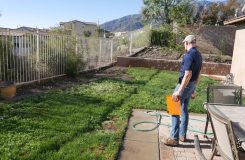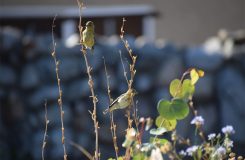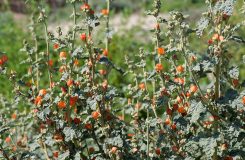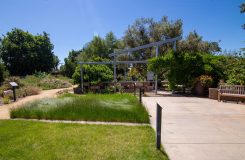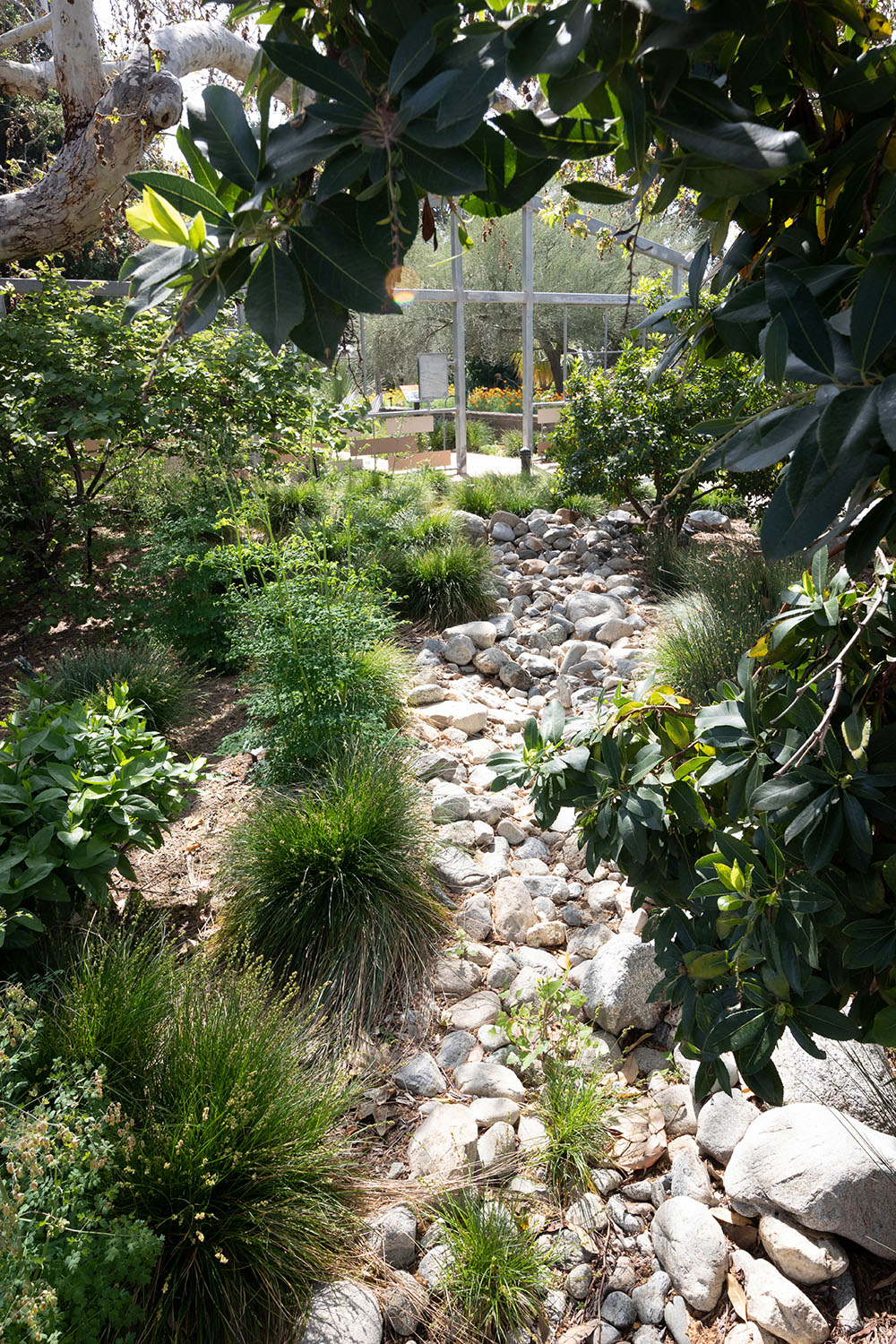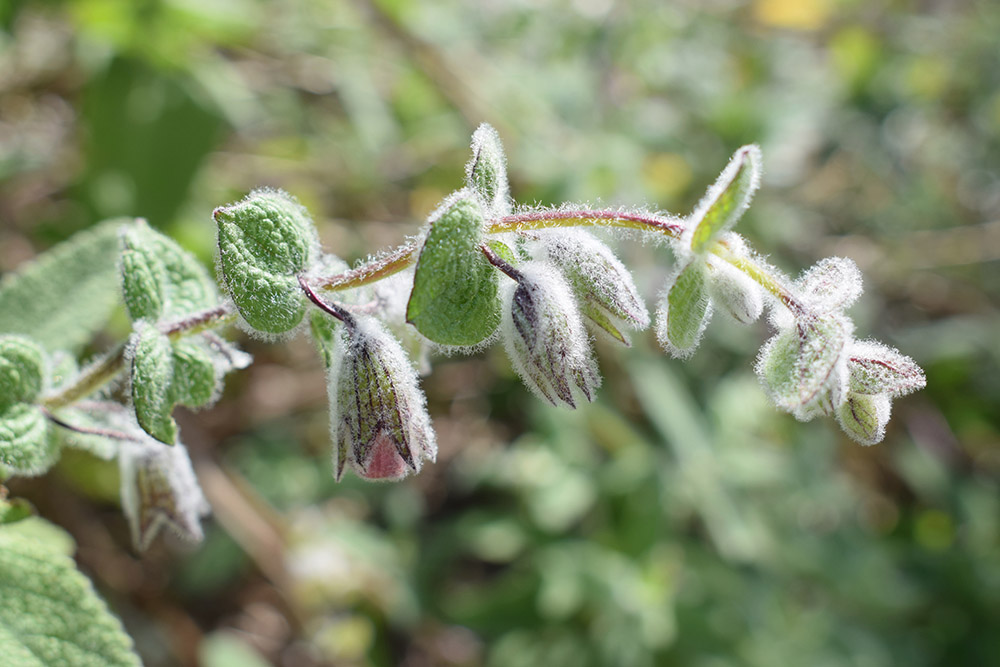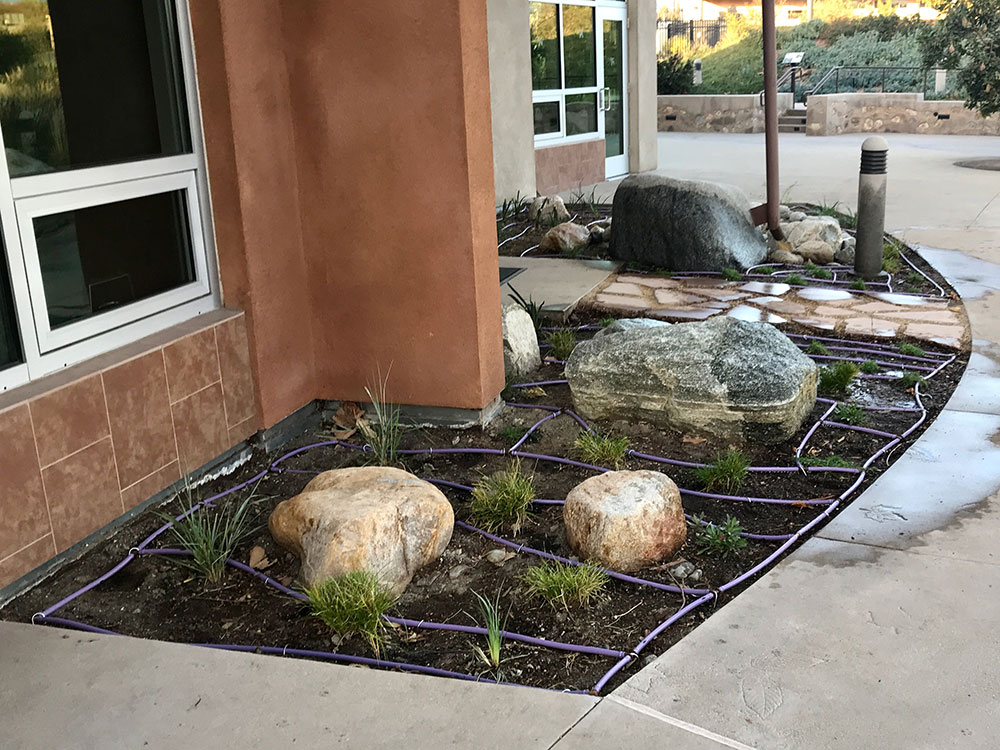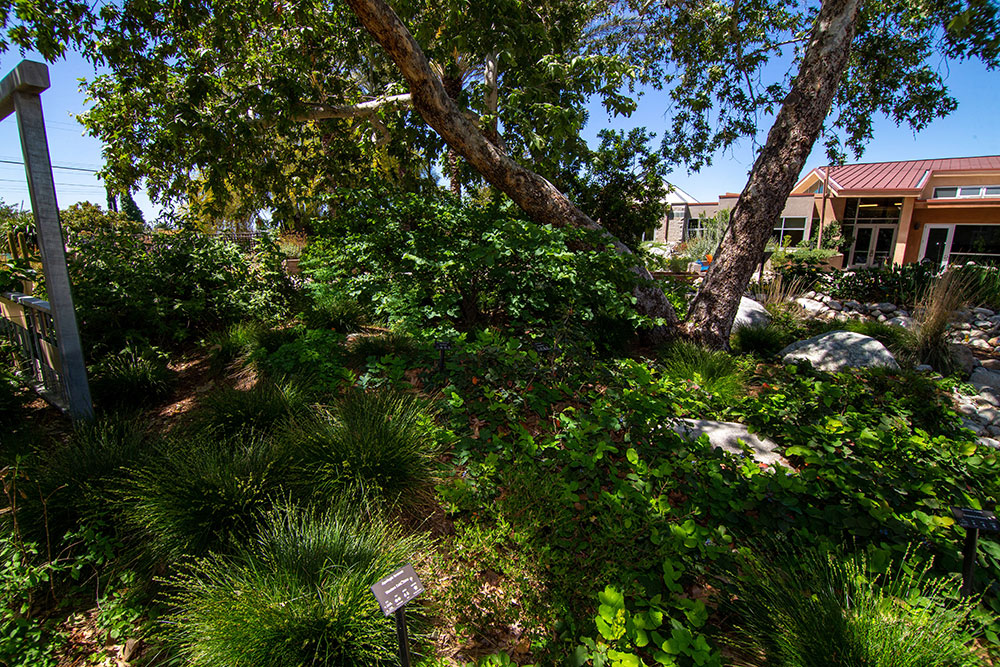The benefits of trees
Trees help out above and below ground. Their leaves create cleaner, cooler air. Their roots help capture water when it rains. Their shade is essential for enjoying the outdoors during the heat of summer.
Create shade
Shade trees cool our homes and yards. Trees can also shade the walls of your house, helping reduce indoor summer temperatures. Evergreen trees work well shading the west side of most homes. Consider evergreen or deciduous choices for the south side of your home. Deciduous trees will block the summer sun, but will allow more sunlight though to help warm your house in the winter. Patio spaces are most useful if they have a shade tree to the west, providing afternoon shade, and making the space comfortable earlier in the day than it otherwise would be.
Reduce heat
Trees keep cities cooler by shading pavement, buildings, and planted areas.
Did you know?
Trees provide natural air conditioning. Plant trees that will shade your home’s south and west walls to regulate indoor temperatures, potentially lowering your energy bills.
Provide habitat
Trees provide homes, food, and shelter for birds and other wildlife.
Improve water
Trees help the soil underneath them absorb water when it rains. This reduces runoff, improving local water quality.
Reduce air pollution
Beyond being useful for us, trees provide many environmental benefits. Leaves absorb carbon dioxide (CO2) and release fresh oxygen.
For a list of our favorite trees, large and small, check out our “Favorite Plants” list on the Waterwise Garden Planner. You can also see them all in person in the Demonstration Garden and Park at the Waterwise Community Center.
A note on Roots and Proper Placement
If watered appropriately and planted at least 5 feet from sidewalks, walkways, driveways, and patios, waterwise and native trees are unlikely to lift or damage pavement. Small trees can often be safely planted closer to patio spaces to provide shade. Trees grown in lawns will present more problems with roots growing near or above the soil’s surface because lawns are regularly watered, but only to a depth of a few inches. That encourages trees to grow large, shallow roots to reach the water, which is also not healthy for most species. In low-water gardens, proper irrigation is deep and infrequent, encouraging most roots to grow and remain deeper, which is better for the tree and easier on constructed features. However, one should still never plant trees directly up against building foundations.


